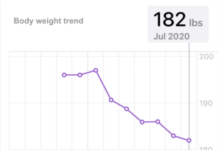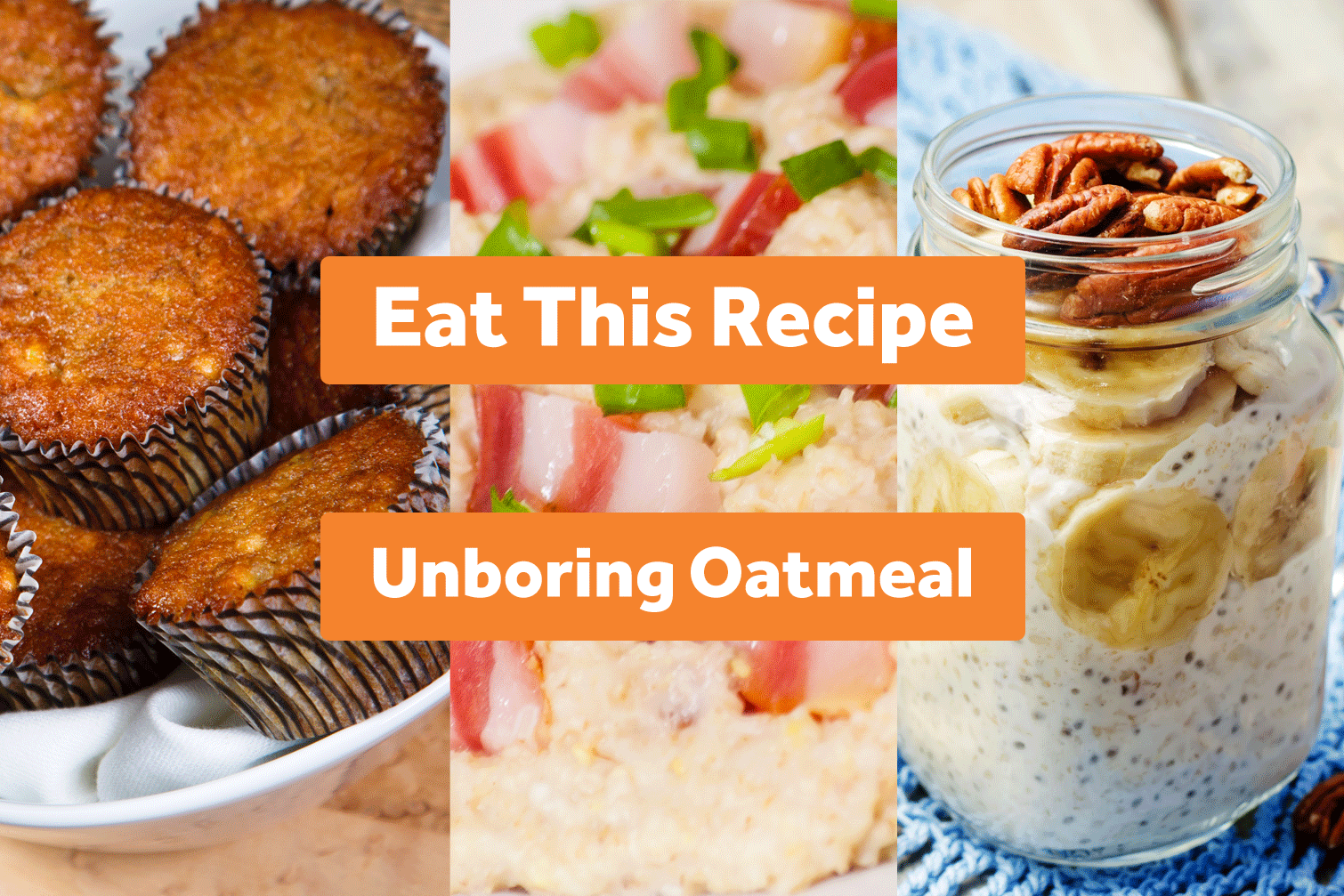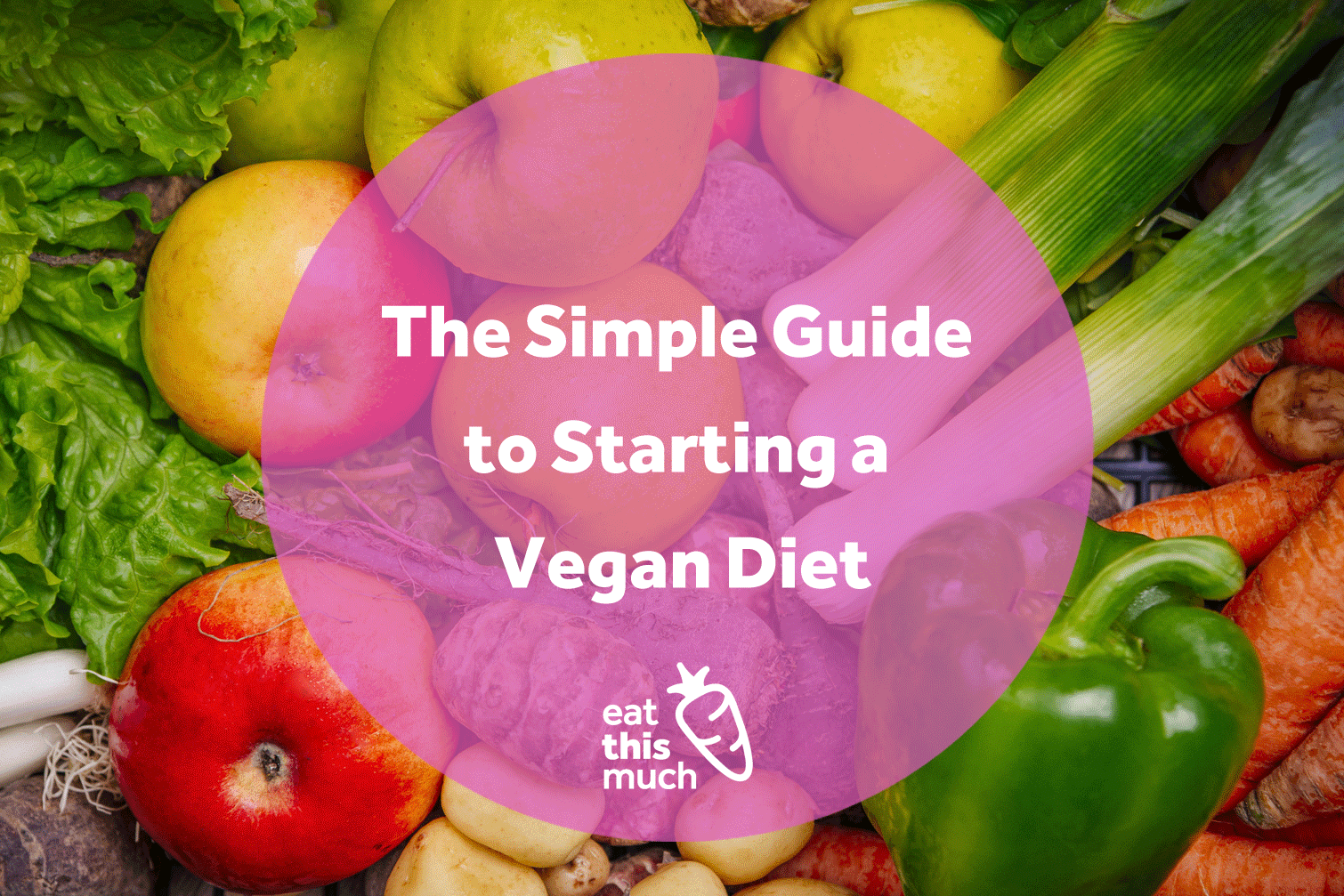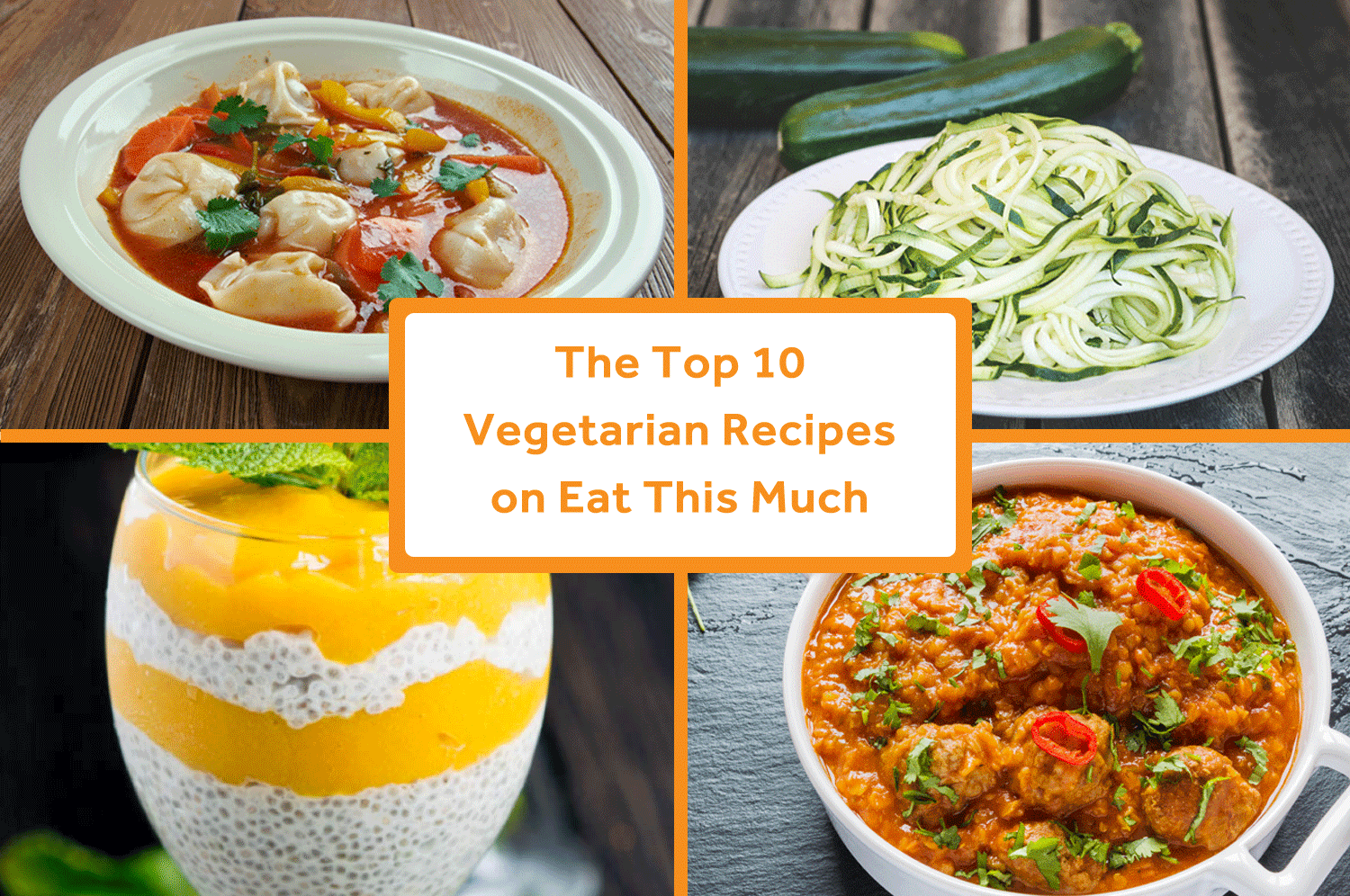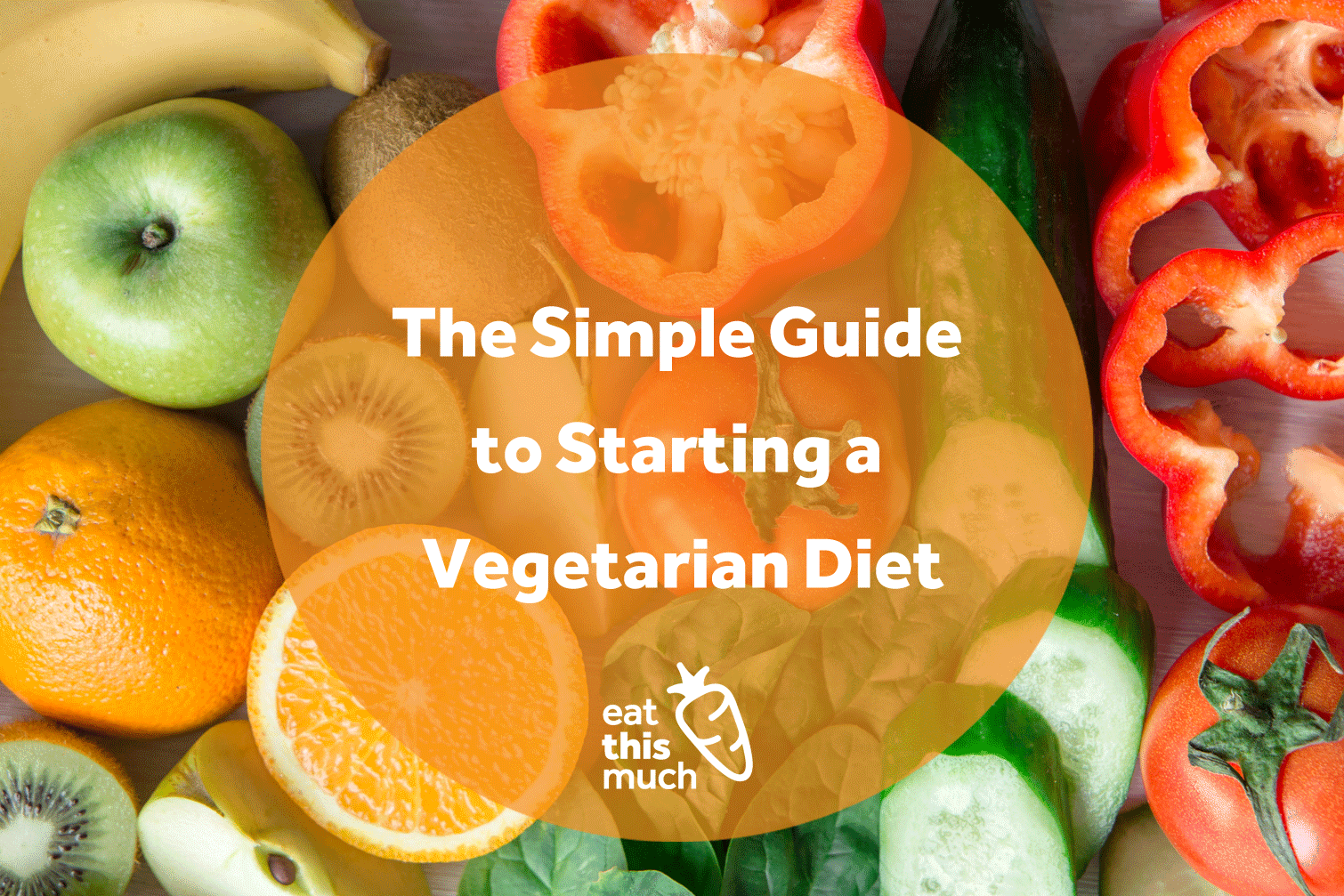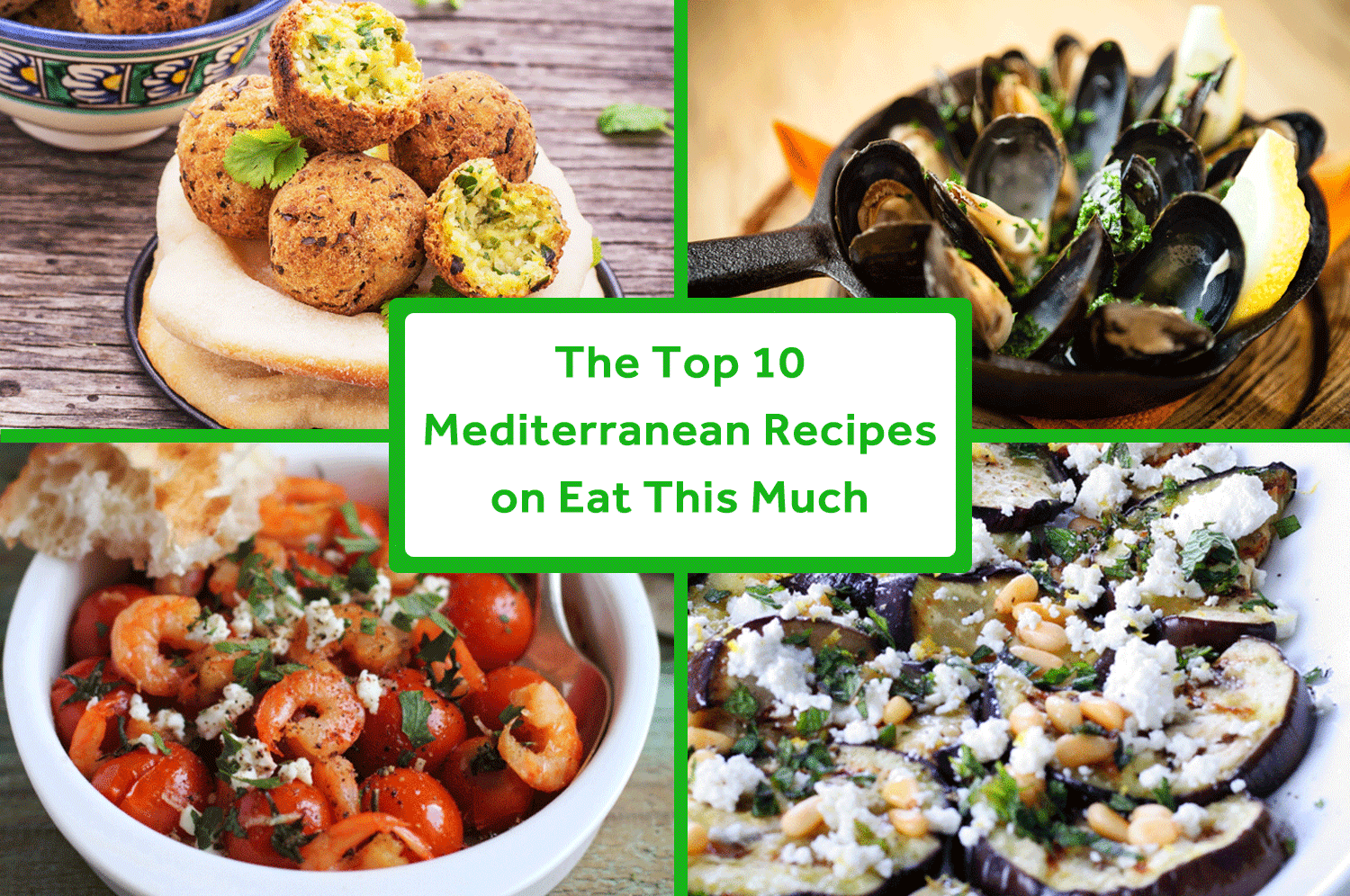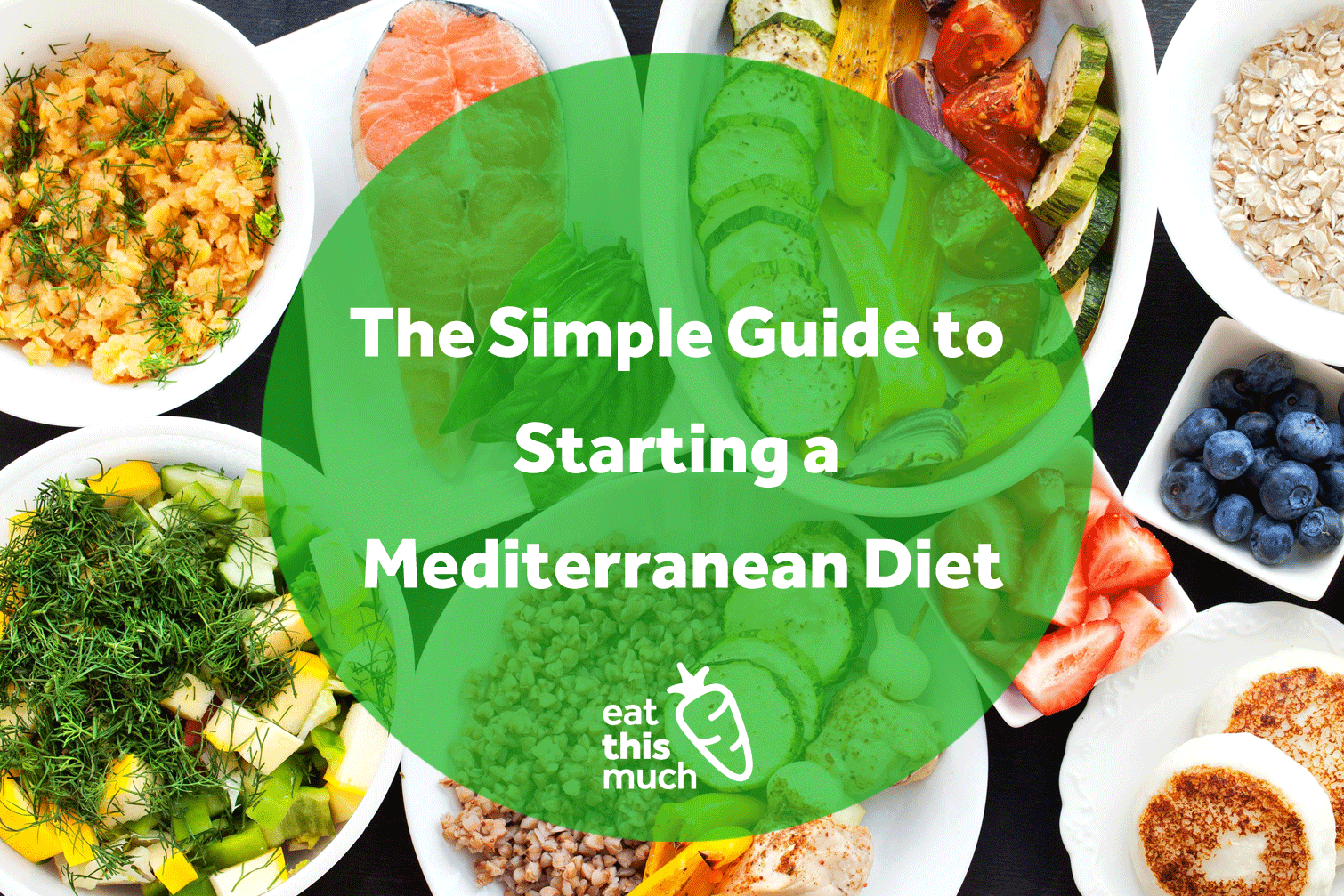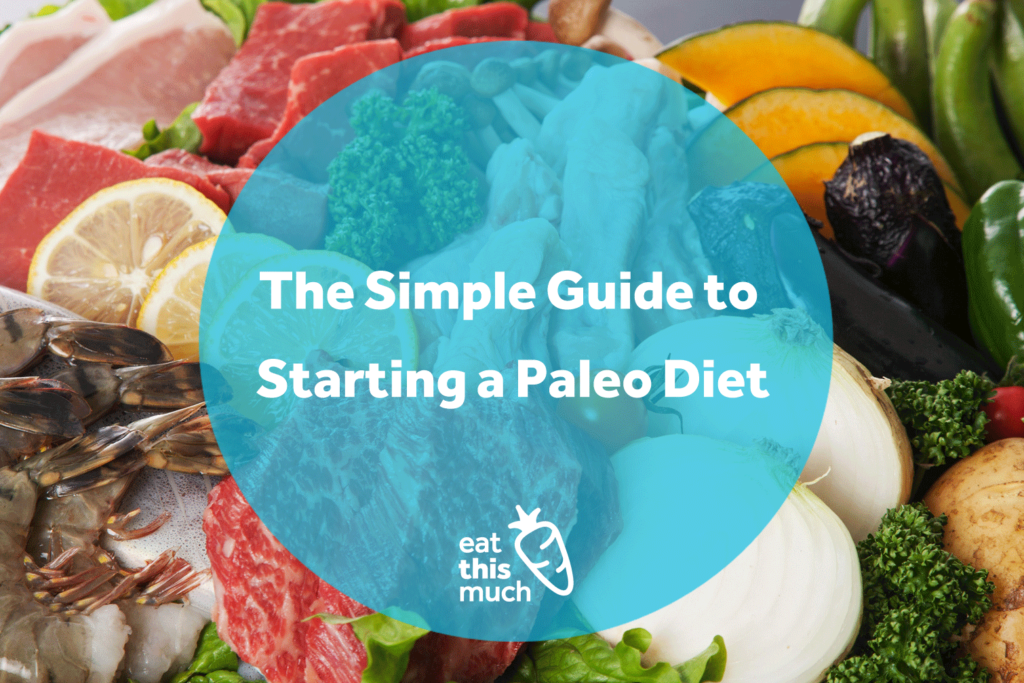 If you have been reading about nutrition at all in the past few years, chances are, you’ve heard of the Paleo diet plan. It’s based on the notion that our bodies and minds function best when we eat a diet that mimics what we ate thousands of years ago. It’s sound reasoning that we evolved, in part, due to a diet that didn’t include McDonald’s, highly processed foods or a ton of readily available sugars. From a modern perspective, those who swear by a paleo diet claim it provides the optimal nutritional balance for peak athletic performance.
If you have been reading about nutrition at all in the past few years, chances are, you’ve heard of the Paleo diet plan. It’s based on the notion that our bodies and minds function best when we eat a diet that mimics what we ate thousands of years ago. It’s sound reasoning that we evolved, in part, due to a diet that didn’t include McDonald’s, highly processed foods or a ton of readily available sugars. From a modern perspective, those who swear by a paleo diet claim it provides the optimal nutritional balance for peak athletic performance.
If you haven’t tried it yet, this guide will help you understand what’s involved in following the plan and whether or not it’s right for you. Please talk with your doctor before starting any new diet plan.
History Of The Paleo Diet
The paleo diet originates from the concept that back when our ancestors were around, they didn’t see nearly the same rate of disease that we see in today’s society. Instead, they were strong and lean and often disease free. Many modern diseases and health issues can be traced to the prevalence of highly processed, sugary and convenient foods developed over the past 100 years, so this diet aims to get back to the basics. It also recommends eating seasonally and with moderation, just like our ancestors did.
The Paleo Diet Plan Explained
When on the paleo diet plan, you’ll be focusing on eating lean animal meat along with fish, coupled with a high intake of fresh fruits and vegetables. Fats are also a prominent source of energy and should replace any grains or other starchy carbohydrates you would otherwise be eating. Good fats to consume include avocados, olive oil, coconut oil, nuts and seeds (along with natural nut butter), and fatty varieties of fish.
You are to avoid all dairy, legumes, beans, as well as grains when on this diet. Likewise, sweets, artificial sweeteners, dried fruit, and alcohol are also not permitted. Most condiments are also not permitted on the paleo diet plan, so you’ll want to start preparing your food using fresh herbs and spices along with healthy oils instead. If you’ve never experimented with adding fresh herbs, spices and uncommon fruit or vegetables to your food, prepare to be impressed. You’ll forget about ketchup and mustard in no time.
While this diet may appear to be low carb, the inclusion of fruit keeps it from being so. There are, however, variations on the paleo diet that reduce the amount of recommended fruit because our ancestors didn’t eat a ton of it due to seasonal and geographic limitations. Ultimately, it’s up to you whether or not to include fruit.
Who The Paleo Diet Is Best Suited For
This diet is going to be best for anyone who wants to reduce their risk of disease and enjoys a diet rich in meat and healthy fats. It also helps if you don’t have a serious attachment to processed foods or you want to give them up, which is a good idea anyway. Due to its lower carb and blood sugar regulating qualities, it’s also helpful for those with diabetes, as long as they get the OK from their doctor first.
Most people will report very little hunger while on the paleo meal plan, so if you often suffer from high levels of hunger, you might find this is the perfect plan for you.
Pros:
• Focuses on nutrient dense foods, which will help to improve your overall nutritional status
• Stabilizes blood glucose levels, therefore reducing your risk or help you manage diabetes
• Will usually lower cholesterol and blood pressure levels due to lowered salt intake and increase fiber consumption
• Offers a good amount of food variety to choose from
• Is a good option for long-term health
Cons:
• May not provide enough complex carbohydrates to support lots of high intensity exercise
• Completely restricts grains, so if you are a carb lover, this plan may be harder tough
• Can lead to weight gain if calories are not monitored as the plan does encourage high fat and calorie dense foods
Tips For Getting Started
Getting started on the paleo diet is relatively easy. First, you’ll want to focus on eliminating all the processed and refined foods you are currently eating. This includes fast foods as well as any convenience type of items.
From there, start eliminating all grains, legumes, and dairy as well. You can do this all at once, however some people may find it easier to do it in stages as it provides better adherence and longer term success.
Very soon, you’ll find you are only eating foods in their natural state without additives, extra sugar, salt or unhealthy fats.
To help make the diet easier to stick with, be sure to check out our paleo friendly, clean eating recipes. You can also find a wide variety of these recipes by searching online, including alternatives to foods that are restricted on the paleo diet plan, like breads, cakes, pastas and rice dishes.
It bears repeating that counting calories while on a paleo diet is important. At the same time, don’t cut back too hard on fat or you will notice a drop in energy. That is a big mistake many people make when first starting on the paleo plan. They focus strictly on fruits, vegetables, and protein, and soon enough, they are starving and fatigued. Finding balanced paleo recipes that fit your macros is the best way to go.
Finally, remember to plan ahead. It’s important that you know what you are going to eat for every meal in the day before you walk out the door first thing in the morning. This will help prevent you from succumbing to temptation and going for that chocolate bar you see in the vending machine. If you can cook your foods in advance as well, even better. When life gets busy, it becomes harder and harder to eat as you should, so the more you prepare your meals in advance, the easier things will be.
If any of this sounds like a hassle or too hard to make work, ETM offers Paleo as a primary diet type so all the meals we generate for you can be tailored to fit this plan. Good luck!

